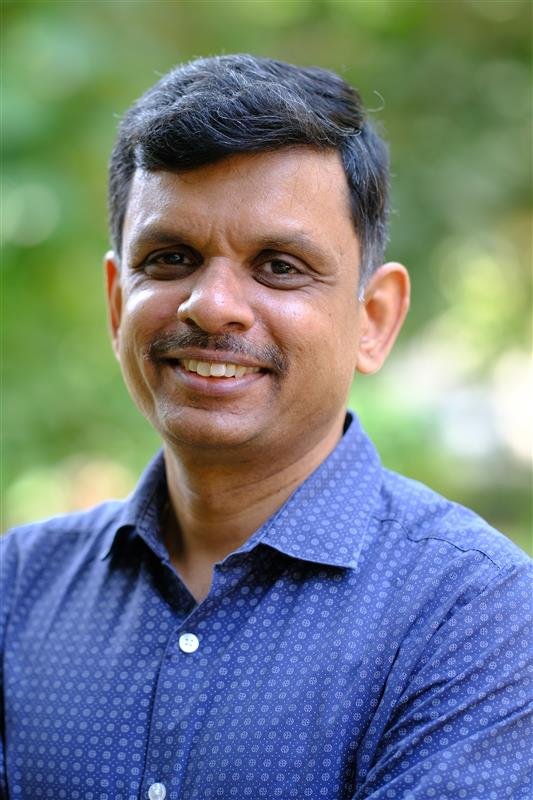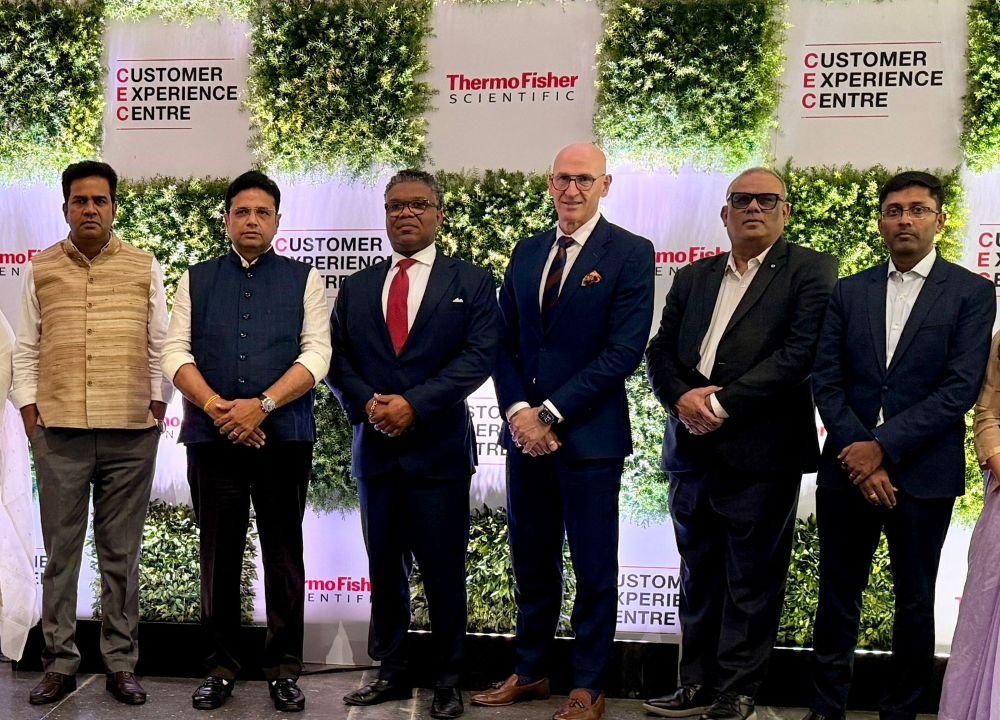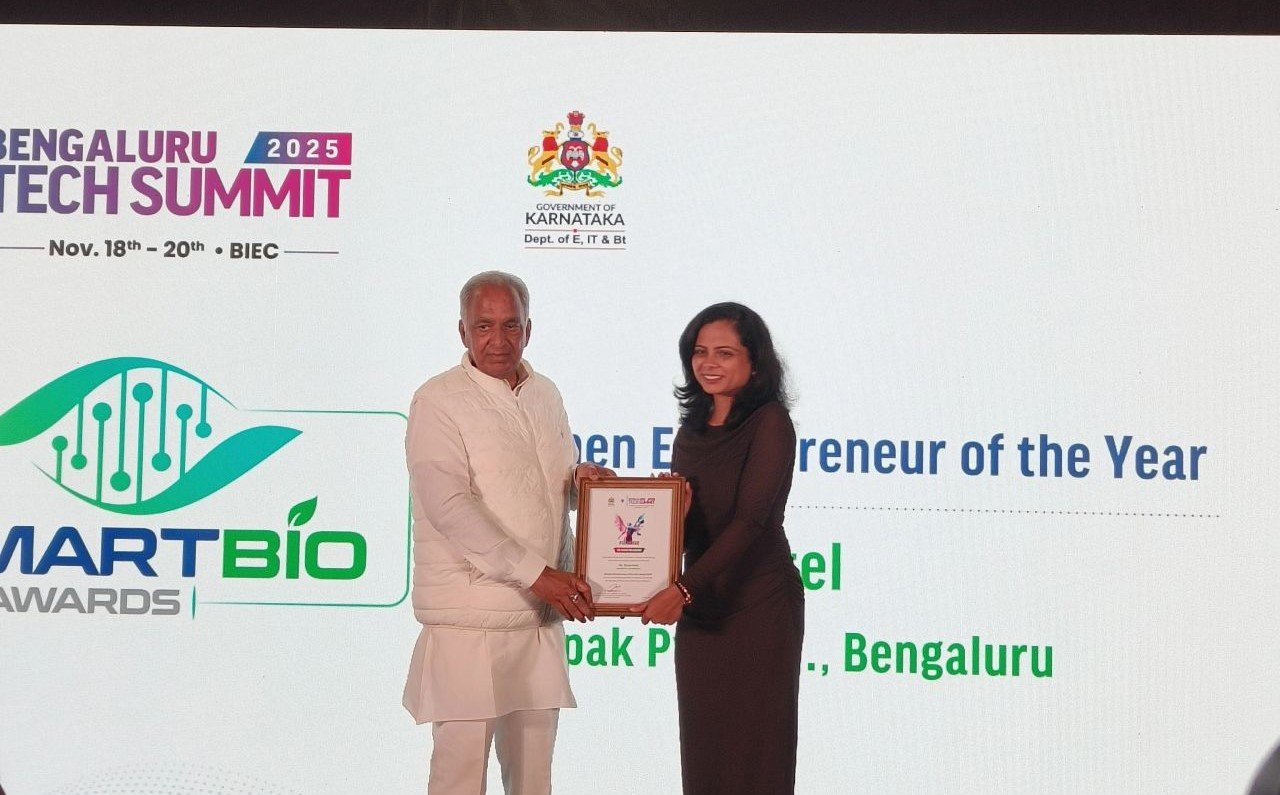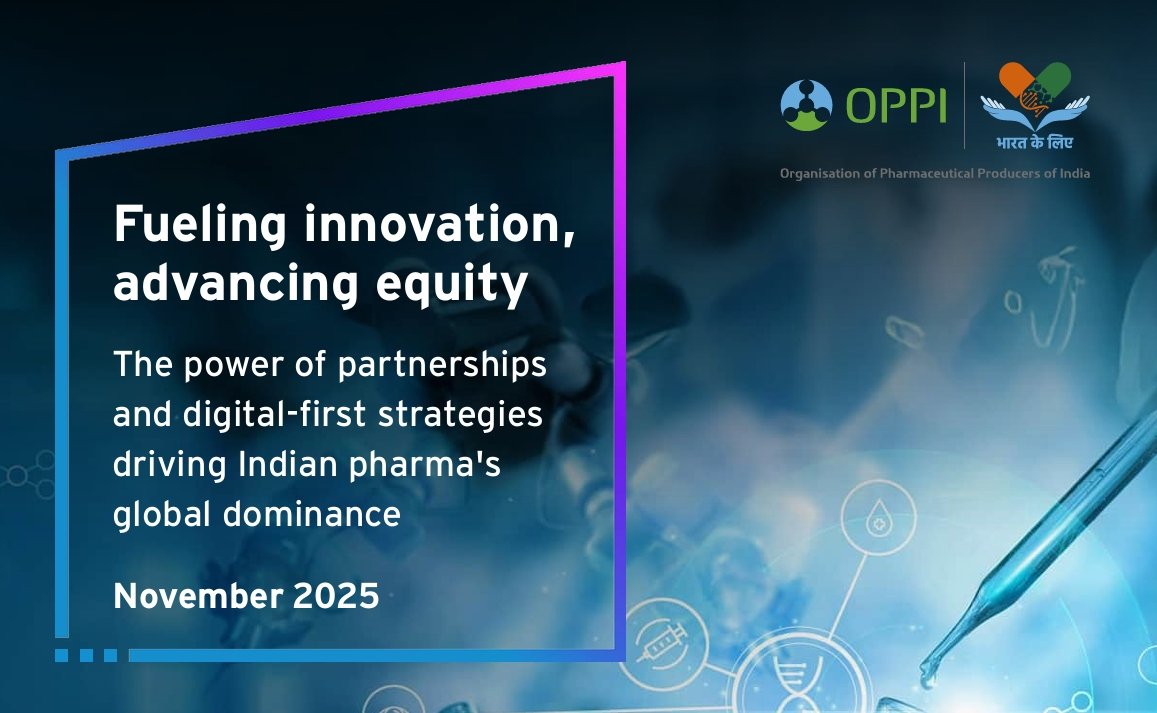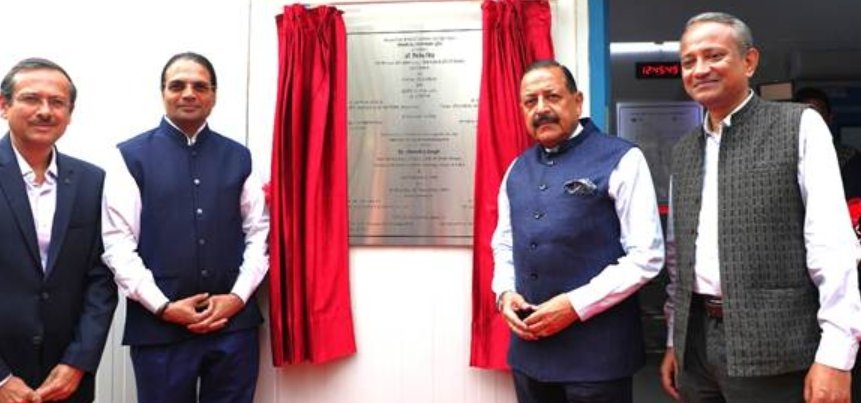Bridging Science, Society and Industry for Healthier India
August 26, 2025 | Tuesday | Views
Scientific progress alone cannot change health outcomes unless it’s integrated into public policy and systems
India stands at an inflection point in its journey as a scientific nation. Over the last few decades, we have built a robust research ecosystem, one that is powered by talented scientists, world-class institutions, and driven by a passion for discovery. Yet, as India confronts the growing tide of non-communicable diseases and complex public health challenges, we must ask a critical question: Are our scientific advances truly reaching the communities that need them most?
India faces multiple challenges, with NCDs now the primary cause of death, communicable disease mortality declining but still significant, and the hidden but substantial burden of rare genetic disorders complicating the health landscape further. Non-communicable diseases now account for over 60-65% of all deaths in India, a stark reminder that discovery alone is not enough. There is an urgent need not just for research but for translation, transforming scientific insight from laboratory benches into practical solutions that improve lives on the ground. Meeting this challenge requires a new kind of ecosystem, one where academic research, government policy, and industry innovation collaborate in sustained partnership.
This vision is not theoretical; it is already taking root through the work of institutions such as the Centre for DNA Fingerprinting and Diagnostics (CDFD) and focused research initiatives like the Advanced Research Unit on Metabolism, Development, and Aging (ARUMDA) at Tata Institute of Fundamental Research. These efforts demonstrate the transformative power of integrated and collaborative science in supporting diagnostics, developing nutrition programs, shaping public health frameworks, and making tangible impact from major metropolitan hospitals to district health centers in Tier-2/-3 and rural/tribal settings.
Academic Research as the Engine of Change
Indian academia has long been a fertile ground for foundational discovery. Increasingly, however, our universities and research labs bear a dual mandate: to pursue fundamental knowledge and to ensure this knowledge translates into real-world health outcomes.
Few endeavors highlight this better than CDFD’s pioneering work on pediatric rare genetic diseases. Recognizing that birth defects and rare genetic disorders are a major cause of infant morbidity and mortality in India CDFD has set up advanced, genomics-driven programs for early diagnosis and intervention. Through the Diagnostics for Rare Genetic Diseases program, in partnership with the Indian Council of Medical Research (ICMR), CDFD offers free or subsidized genomic sequencing and genetic counseling for families across India, expanding access beyond traditional urban centers. By building a repository of India-specific genetic variants and collaborating with frontline hospitals, CDFD is closing the diagnostic gap that historically left thousands of children without answers or treatment pathways.
ARUMDA, meanwhile, is a multidisciplinary research initiative embedded within a major academic institution (such as TIFR), focused on the interplay between early-life nutrition, developmental biology, and the origins of adult metabolic disorders. ARUMDA research is aimed at unravelling how malnutrition in childhood can predispose individuals to chronic illnesses later in life, underscoring the need for evidence-backed health and nutrition policies. ARUMDA is built on cross-sector collaboration, spanning molecular research, clinical partnerships, and grassroots outreach. One example is the development and deployment of India’s first human metabolic chambers, designed to precisely measure energy expenditure and body composition. Developed through partnerships between academia, medical institutions such as CMC Vellore, and CSR funding from Hindustan Unilever, these facilities are enabling the creation of health interventions that are grounded in India’s unique physiological and socio-economic realities.
Government: From Research to Real-World Impact
Scientific progress alone cannot change health outcomes unless it’s integrated into public policy and systems. CDFD works closely with national agencies to draft standard operating protocols for genomic diagnostics, develop barcoding strategies for economically important crops, and build frameworks for nutritional surveillance.
Programmes like CDFD and ARUMDA-linked projects prioritize impact beyond the urban core, through clinician training, public health partnerships, and capacity-building in rural settings. The goal of such organizations/initiatives is to drive decentralization: ensuring that the benefits of sophisticated science are realized in rural clinics, district hospitals, and even at the level of ASHA and Anganwadi workers.
Industry: Accelerating Translation and Scale
Today, industry’s role in biomedical research extends far beyond funding or sponsorship. Corporate partners are actively co-developing diagnostics, building research infrastructure, and helping innovations scale. The development/establishment of ARUMDA metabolic chamber facility is a direct testament to the power of such collaborations, where industry’s expertise and CSR funding amplifies the reach and impact of academic science.
Co-located Centers of Excellence, data-sharing partnerships, and long-term joint R&D agendas, new tools and solutions are moving rapidly from proof-of-concept to real-world application, minimizing duplication of effort and maximising public benefit.
Towards a Partnership-First Model for Science
The complex health challenges India faces, from metabolic disease to birth defects, cannot be tackled by any one sector alone. They demand deep, sustained, and multi-institutional collaboration. Short-term, project-based efforts rarely create lasting change. Only through long-term partnerships among public institutions, private players, and academia can we achieve outcomes that are scalable, inclusive, and lasting.
Such collaboration means embedding industry scientists in academic labs, creating consortia for shared infrastructure, and prioritizing co-created solutions that are regionally relevant and scalable. It also means empowering local health workers, leveraging advances in genomics and nutrition science, and ensuring that India’s vast rural population is not left behind.
Conclusion: Science for All
India’s scientific capacity is formidable, and its potential as a force multiplier for health and wellness has never been greater. What we need now is a shared commitment to breaking silos and building bridges across disciplines, sectors, and communities.
A partnership-first science policy, grounded in transparency, co-investment, and long-term thinking, must shape the next chapter of India’s journey. Our generation has the tools, the talent, and the vision. Let us ensure that our science not only transforms the lives of every Indian but also reaches the world. What works in India often has transformative potential globally.
Prof Ullas Kolthur-Seetharam, PhD, FASc, FNASc, FNA / J. C. Bose Fellow/ Director, Biotechnology Research & Innovation Council - Centre for DNA Fingerprinting and Diagnostics (BRIC-CDFD) and Chair for the Merck Young Scientist Award 2025


